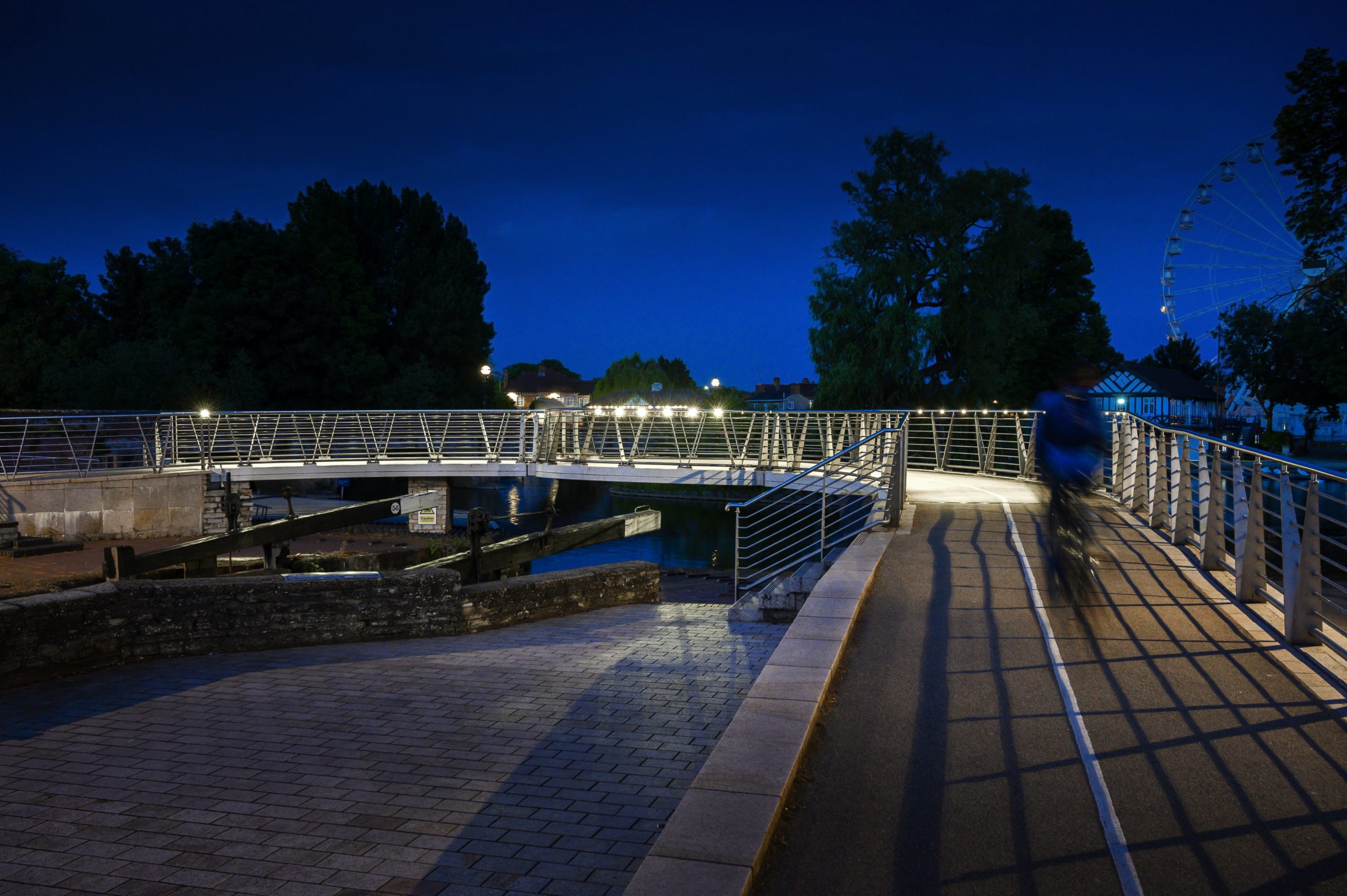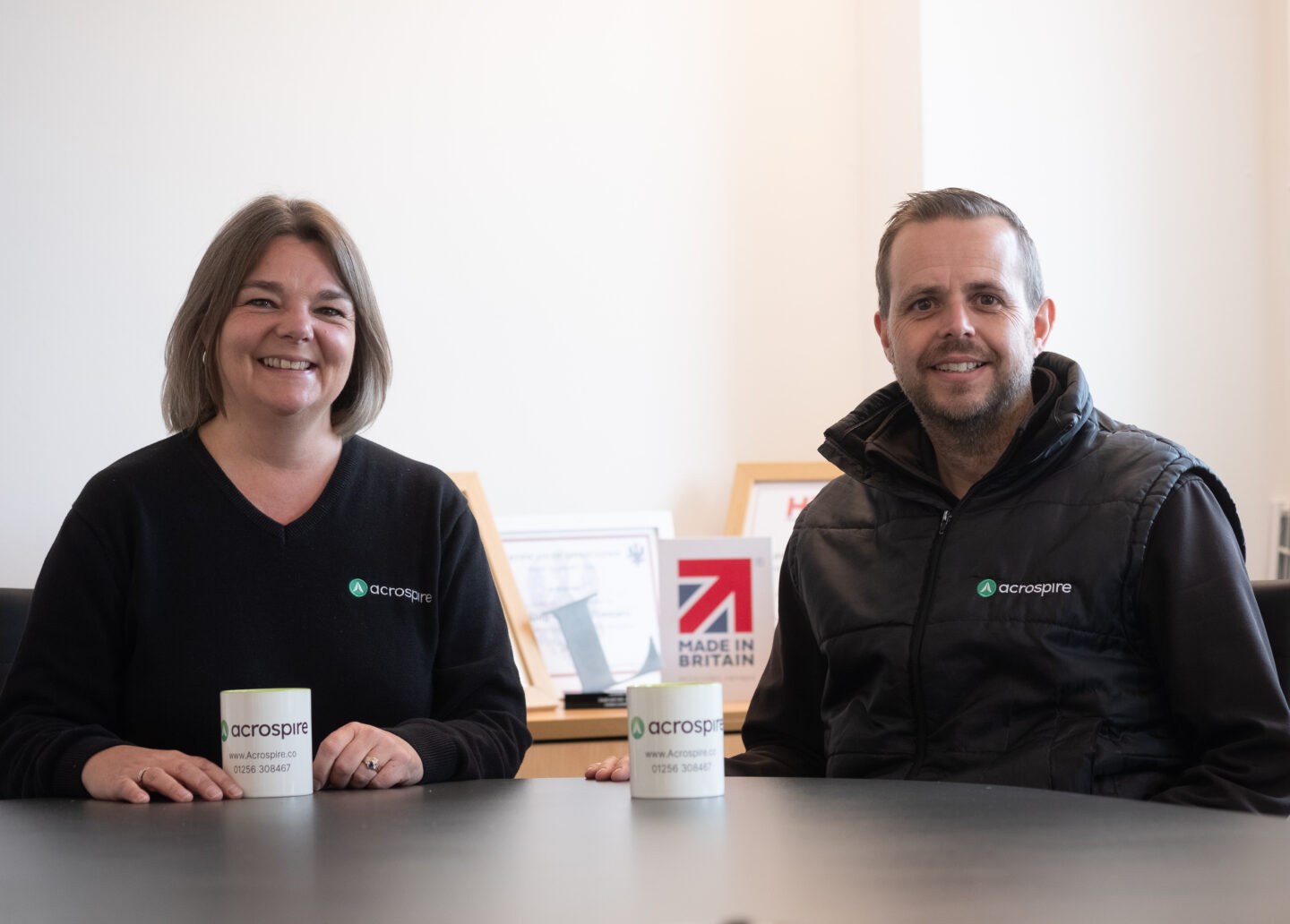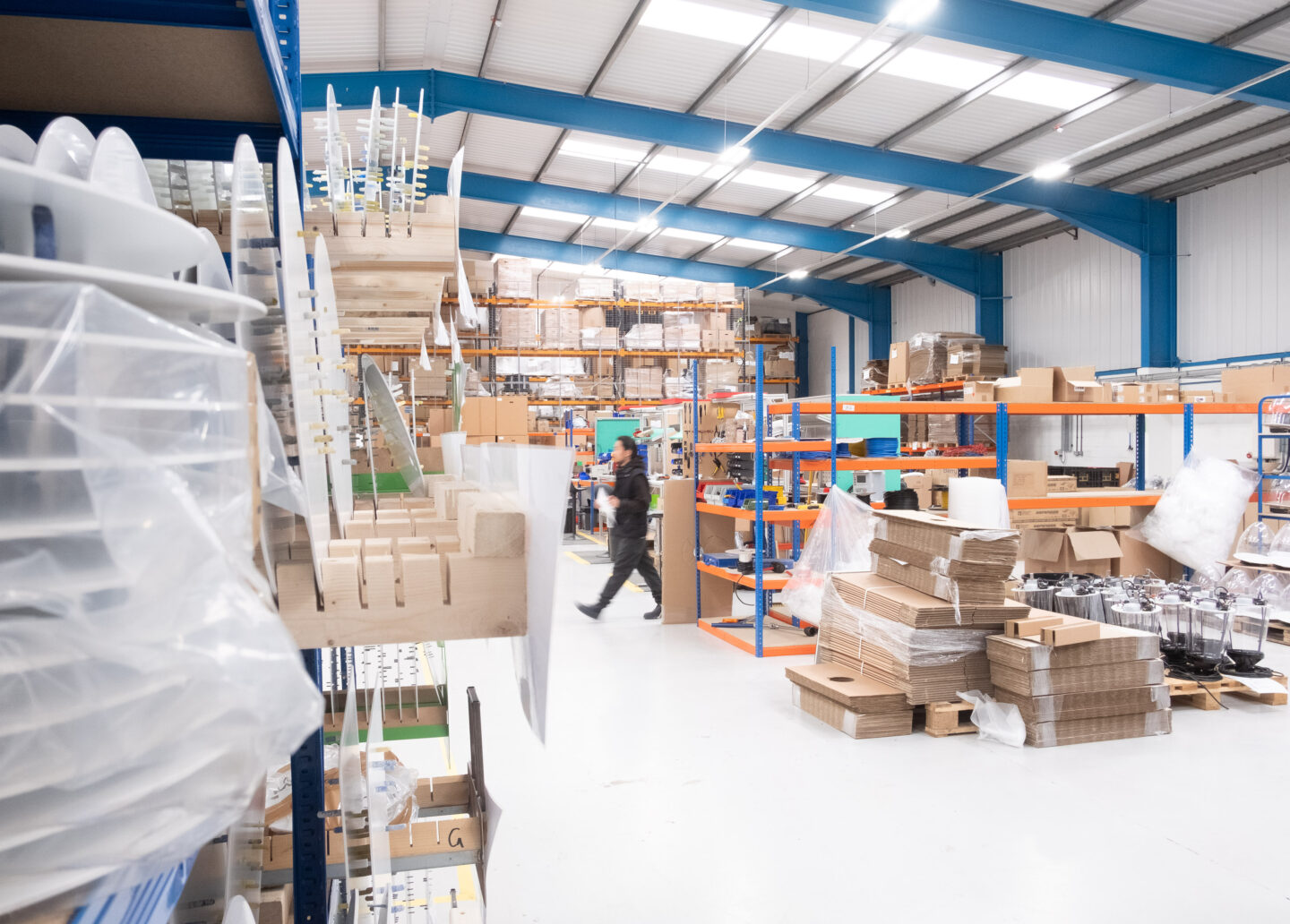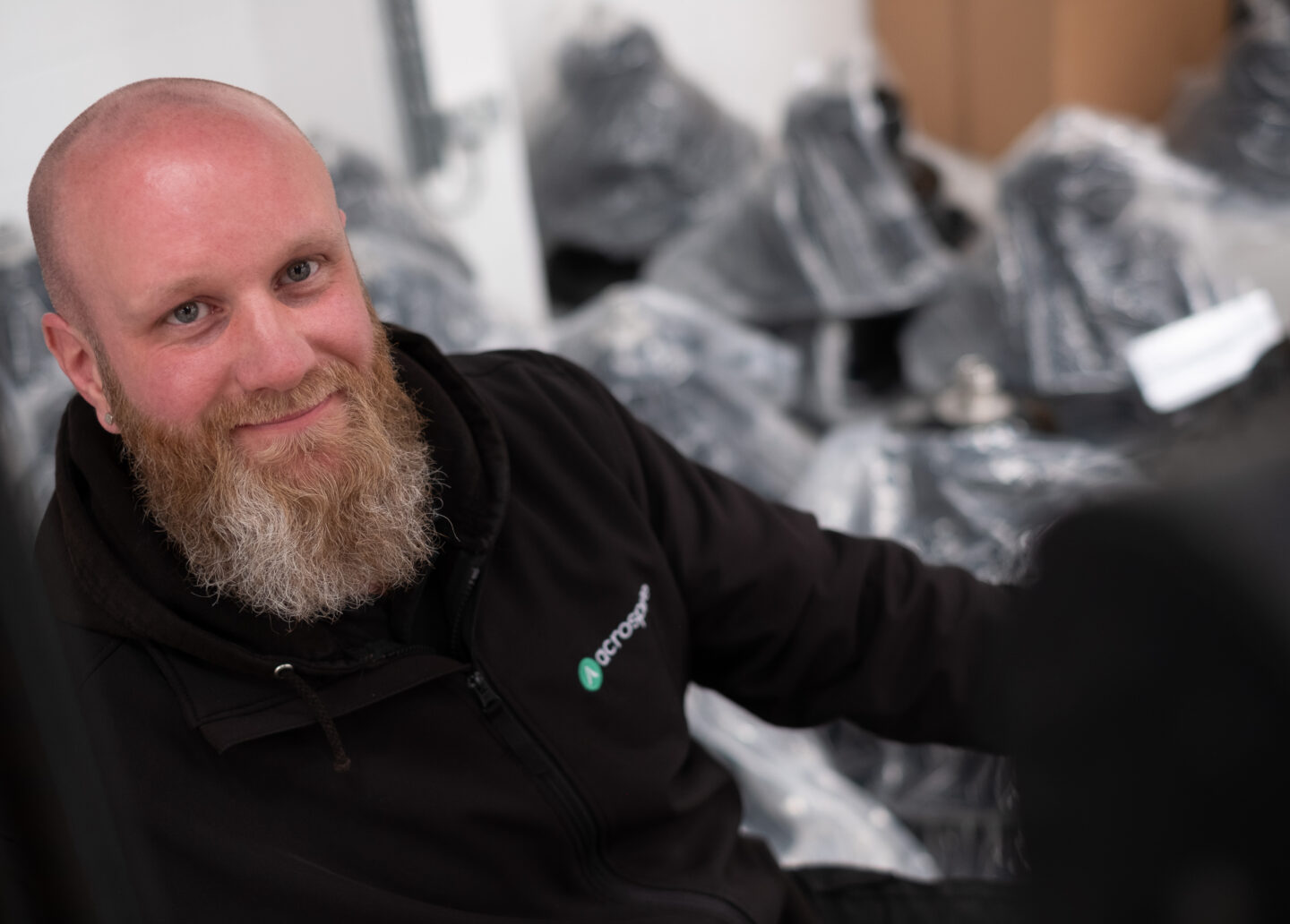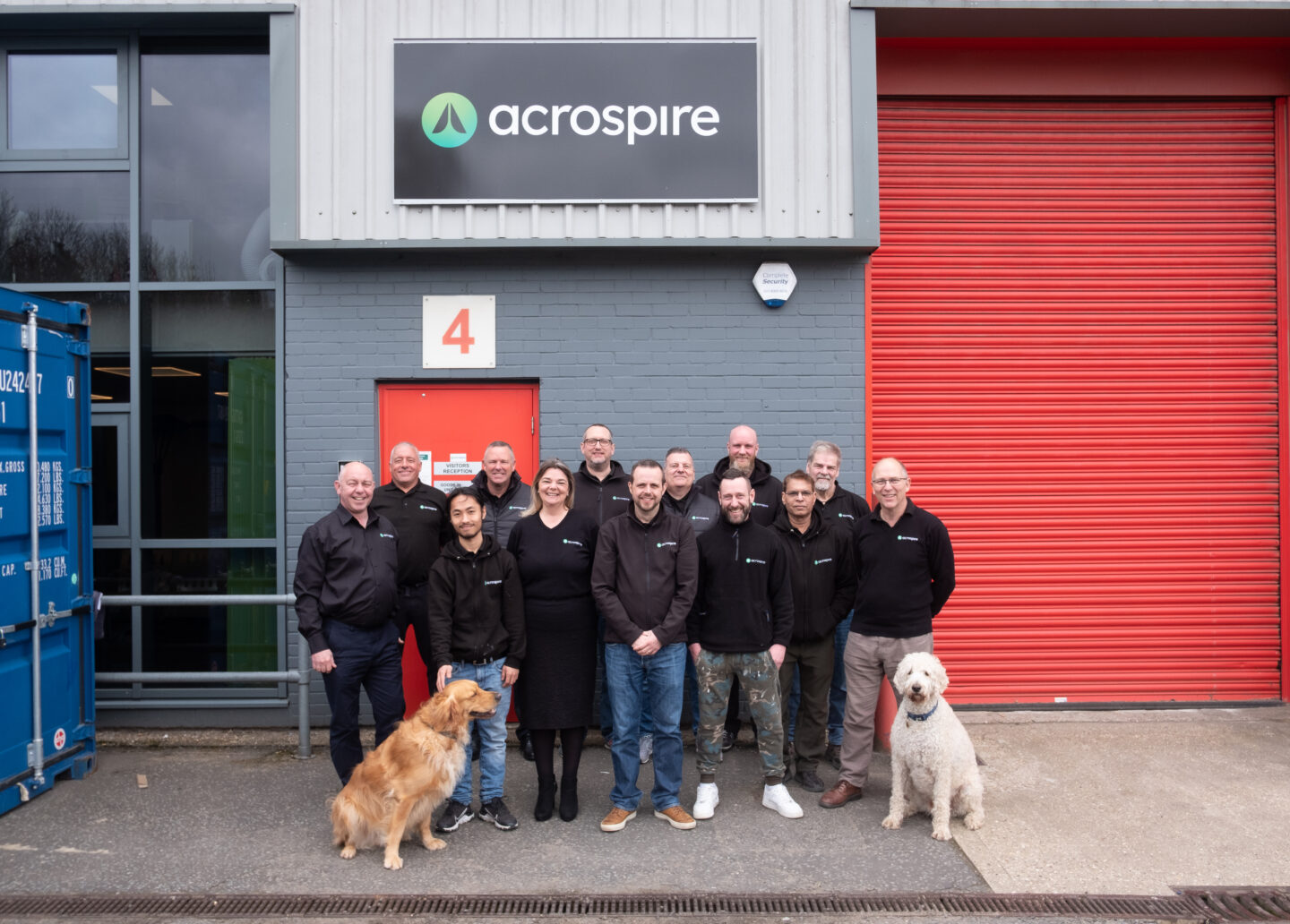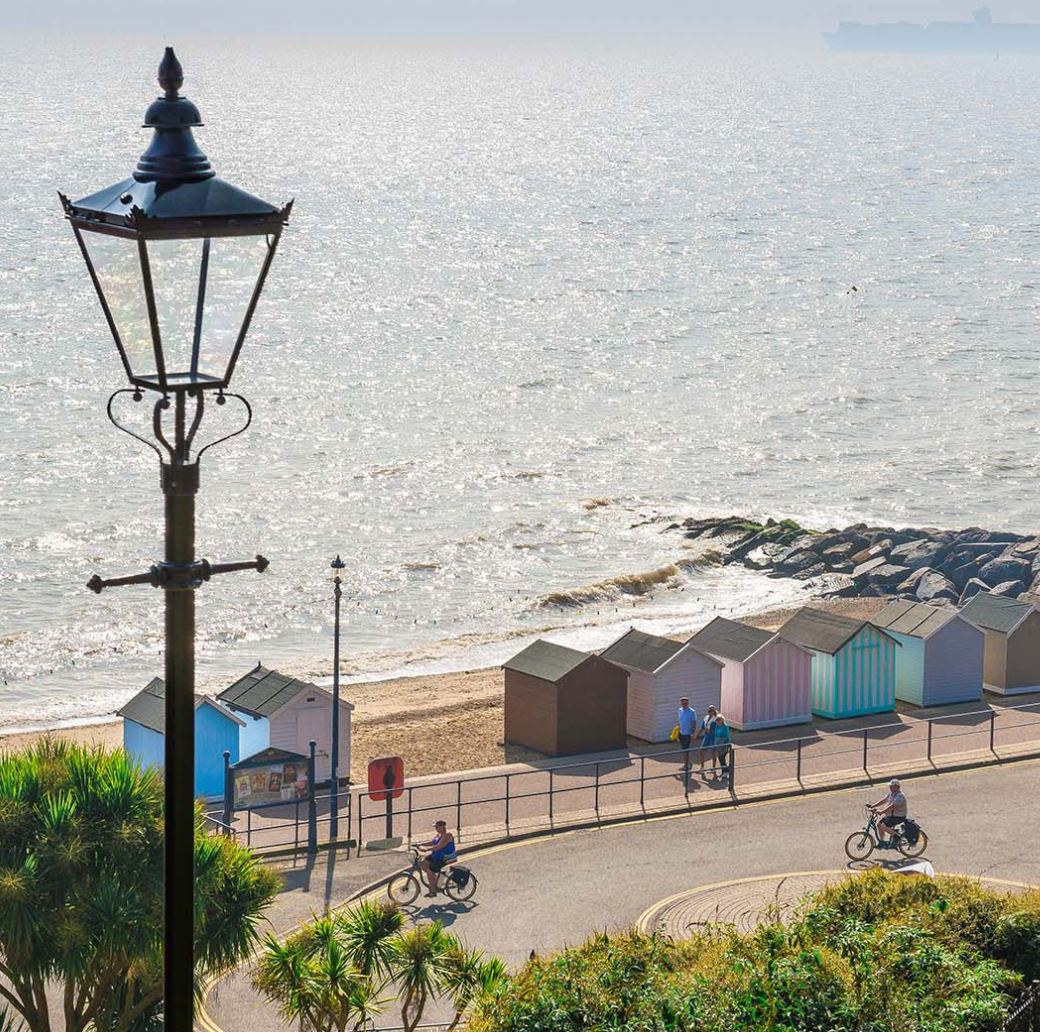Understanding the Industry Standards for the Best LED Lighting Solutions
In today's rapidly evolving world, LED lighting has emerged as a leading solution for energy efficiency and sustainability, driving significant changes across various industries. Understanding the industry standards for LED lighting is crucial not only for manufacturers but also for consumers seeking to make informed choices about their lighting solutions. This blog will delve into the essential import and export certifications that govern LED lighting products, ensuring they meet safety and performance benchmarks. Additionally, we will provide a comprehensive tutorial on navigating these standards, empowering stakeholders to leverage LED technology effectively. By dissecting the industry norms and best practices, we aim to facilitate a deeper understanding of how to select and implement the best LED lighting solutions while maintaining compliance with regulatory requirements.
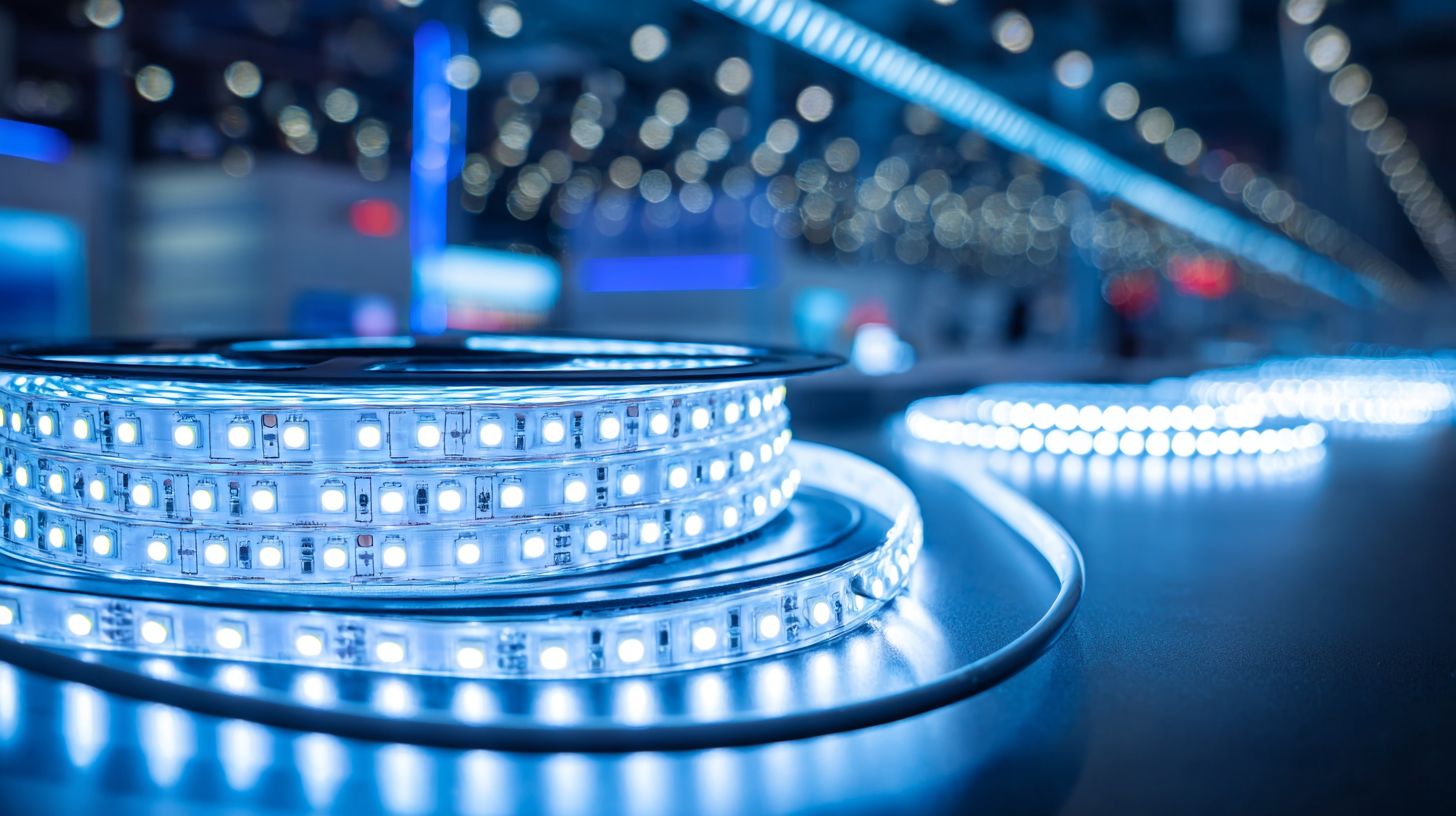
Exploring the Importance of Industry Standards in LED Lighting Solutions
As the industry shifts towards more energy-efficient solutions, understanding the importance of industry standards in LED lighting solutions becomes crucial. Industry standards govern the performance, safety, and environmental impact of lighting products, ensuring that they meet the necessary criteria for quality and efficiency. According to recent market analyses, the global emergency lighting market is projected to grow from USD 6.89 billion in 2023 to an estimated CAGR of 13.0% by 2030, highlighting the increasing demand for reliable and compliant lighting solutions.
Moreover, advancements in dynamically tunable LED technology reflect the industry's commitment to improving energy efficiency and user adaptability. As manufacturers strive to meet evolving regulatory requirements, the integration of these standards enables them to deliver high-performance products that cater to both residential and commercial needs. This not only enhances consumer confidence but also drives innovation, ensuring that lighting solutions are sustainable and tailored to modern demands in various sectors.
Understanding LED Lighting Efficiency Standards
This chart illustrates the efficiency of various LED lighting solutions based on industry standards. The data highlights how different types of LED technology compare in terms of luminous efficacy measured in lumens per watt (lm/W).
Key Factors Influencing Optimal LED Lighting Performance
When considering optimal LED lighting performance, several key factors play a crucial role. First, the quality of the LED chip significantly influences brightness and efficiency. High-quality chips provide better luminosity and longevity, ensuring that your lighting solution is not only bright but also energy-efficient.
**Tips:** When choosing LED lights, look for products that specify the quality of their chips, as this often correlates with better performance and durability.
Another essential factor is the color temperature of the LEDs. Different settings require different color temperatures to create the desired ambiance and functionality. A warmer light (around 2700K) is perfect for residential spaces, while cooler tones (around 5000K) are more suitable for work environments, enhancing concentration and alertness.
**Tips:** Consider your space’s purpose when selecting LED lights, and experiment with dimmable options to adjust the color temperature according to your needs and preferences.
Lastly, the heat dissipation capability of the LED fixture cannot be overlooked. Effective thermal management prevents overheating, prolonging the lifespan of the LED lights and maintaining their performance over time.
**Tips:** Ensure your LED lights come with adequate heat sinks and ventilation to optimize performance and longevity.
Comparative Analysis of LED Solutions Across Various Industries
In the rapidly evolving world of LED lighting, it’s important to conduct a comparative analysis of solutions tailored to various industries. Different sectors, such as retail, hospitality, and manufacturing, have unique lighting requirements that demand specialized LED solutions. For example, in retail, enhancing product visibility through strategically placed LED fixtures can significantly impact customer experience and sales. On the other hand, in manufacturing environments, robust LED solutions are required to maintain safety and efficiency, particularly in areas where precise visibility is critical.
**Tips:** When selecting LED solutions for your industry, consider the lumens per watt ratio to ensure you’re maximizing energy efficiency. Additionally, think about the color temperature that best suits your environment—cool white light may be ideal for workspaces, while warmer tones can create inviting atmospheres in customer-facing areas.
Another key factor to consider is the lifespan and warranty of LED products. Choosing those with longer lifespans can save costs in the long run by minimizing the need for replacements. Always look for solutions that are compatible with smart technologies for better control and customization, adapting to the specific demands of your industry.
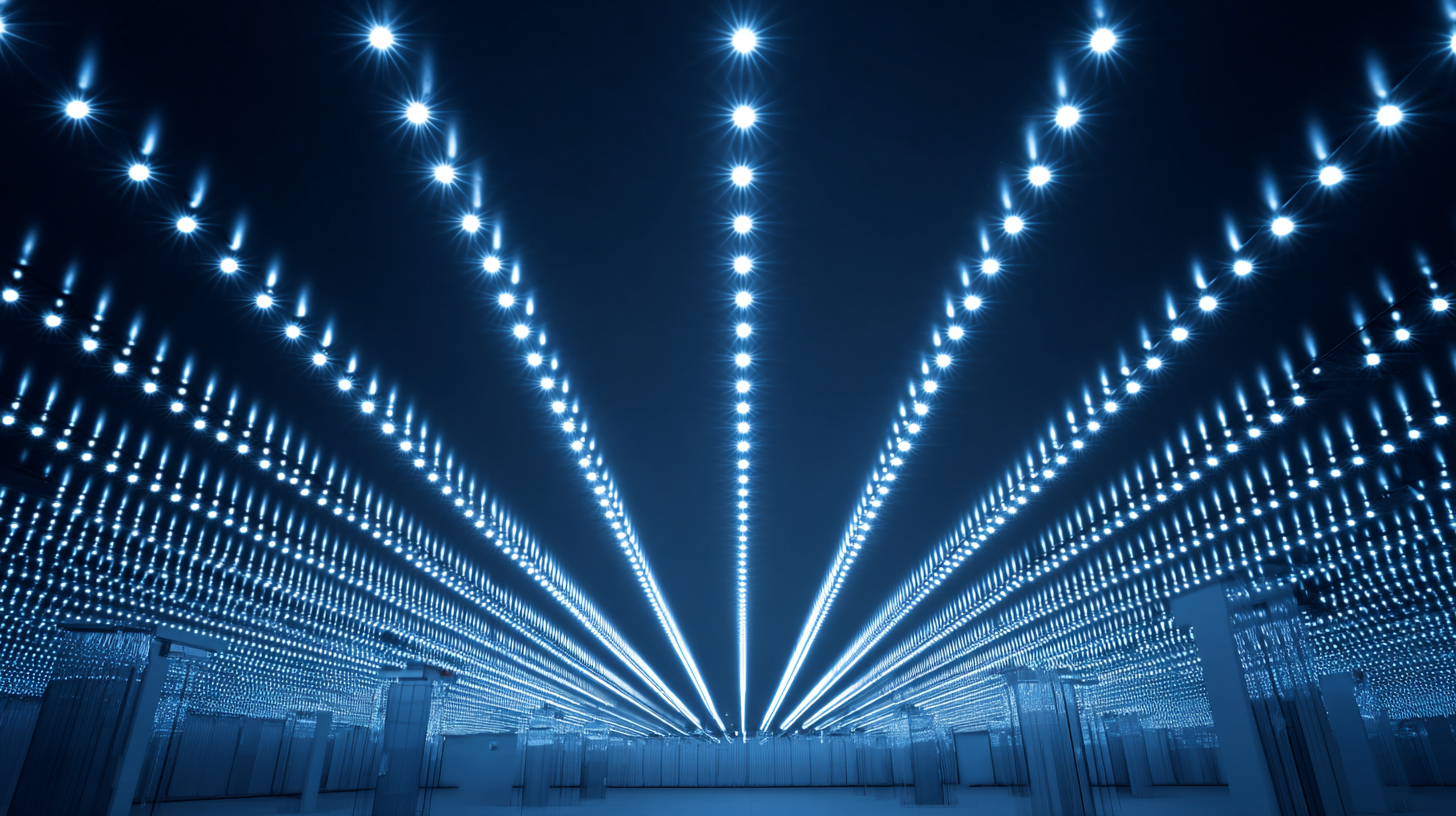
Innovative Technologies Enhancing LED Lighting Efficiency
The landscape of LED lighting is continually evolving, driven by innovative technologies that enhance efficiency and sustainability. One of the most significant advancements is the integration of smart technology within LED systems. Smart LEDs can adapt to their environment, adjusting brightness and color temperature based on natural light availability or user preferences. This not only improves energy savings but also enhances user experience, allowing for tailored lighting solutions that fit individual needs.
Additionally, advancements in materials and manufacturing processes have led to more efficient LED chips. Techniques such as quantum dot technology are enabling the production of LEDs that offer brighter illumination with lower energy consumption. These innovations reduce waste and extend the lifespan of lighting products, supporting a more sustainable approach to energy usage. As the industry embraces these cutting-edge solutions, we can expect a dramatic shift towards more efficient and environmentally friendly LED lighting options in both residential and commercial spaces.
Understanding the Industry Standards for the Best LED Lighting Solutions - Innovative Technologies Enhancing LED Lighting Efficiency
| Lighting Technology | Efficiency (lm/W) | Average Lifespan (Hours) | Color Temperature (K) | Dimming Capability |
|---|---|---|---|---|
| Standard LED | 80-100 | 25,000 | 2700-6500 | Yes |
| Smart LED | 90-120 | 30,000 | 2000-5000 | Yes |
| High-Output LED | 120-140 | 50,000 | 4000-6000 | Yes |
| RGB LED | 70-90 | 25,000 | RGB Spectrum | Yes |
| Tunable White LED | 80-100 | 30,000 | 2700-6500 | Yes |
Best Practices for Implementing Industry-Compliant LED Lighting Systems
In the rapidly evolving world of LED lighting, adhering to industry standards is crucial for ensuring that lighting solutions are not only effective but also energy-efficient. Understanding the best practices for implementing industry-compliant LED lighting systems can significantly impact both environmental sustainability and cost-effectiveness. As showcased at the recent industry conferences, including the presentation by TUV南德 at an international lighting exhibition, the focus on energy efficiency standards is more relevant than ever. These standards help manufacturers and consumers alike navigate the complexities of energy ratings and compliance.
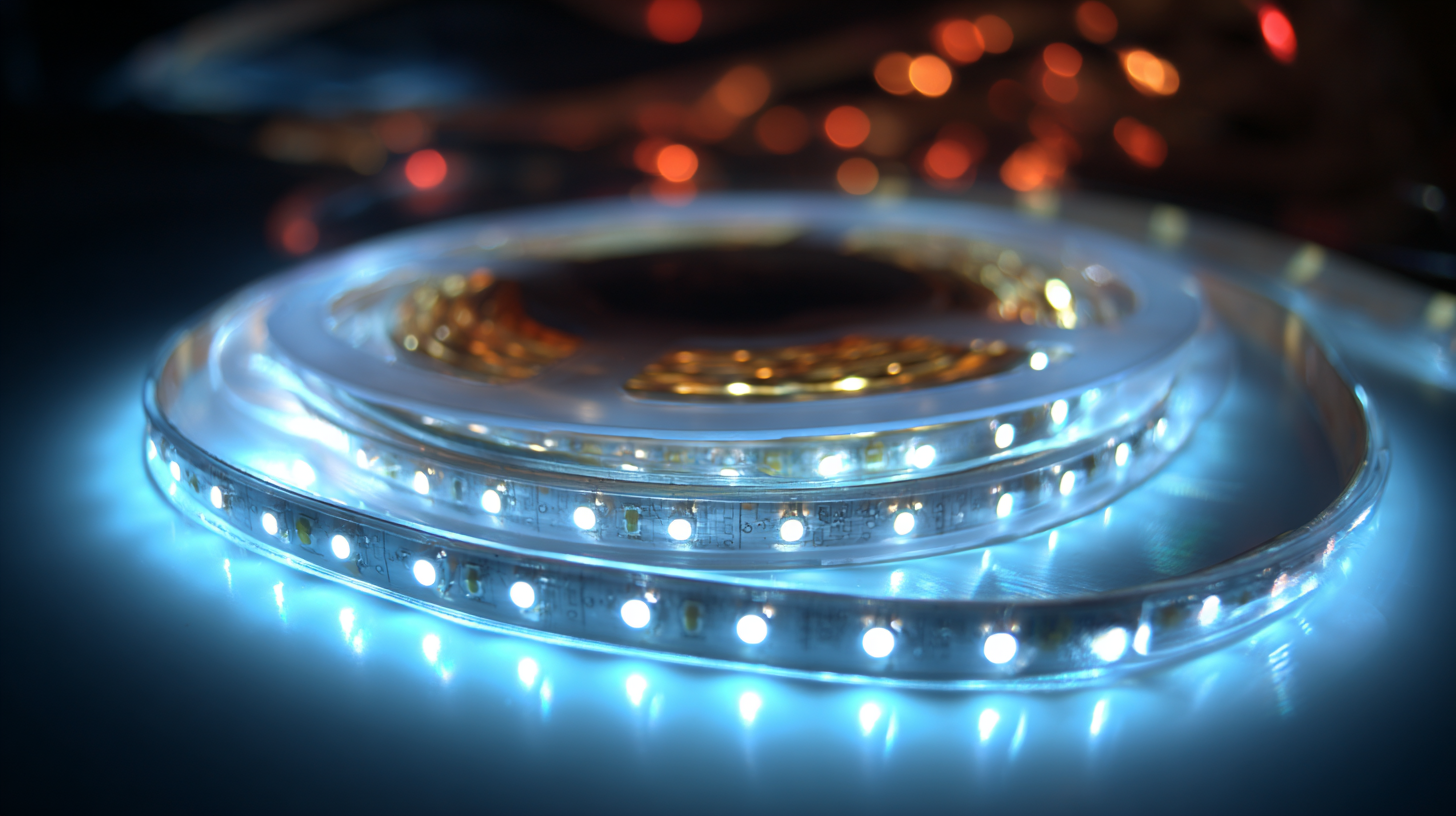
To achieve industry compliance, businesses should start by familiarizing themselves with the latest energy efficiency guidelines. This includes considering factors such as lumens per watt, color rendering index, and product lifetime. Engaging in collaboration with expert institutions can provide deeper insights into the applicable standards and the latest advancements in LED technology. Additionally, proper installation and maintenance practices must be implemented to maximize system efficiency and longevity. By following these best practices, companies can ensure their LED lighting solutions not only meet regulatory requirements but also contribute to a sustainable future.
